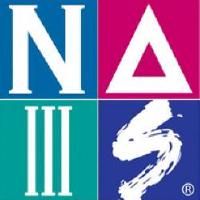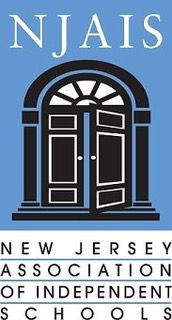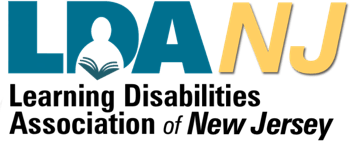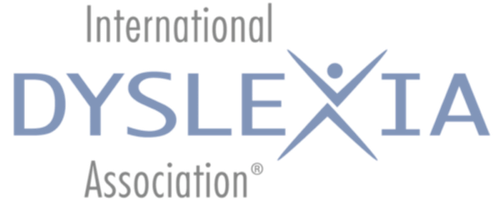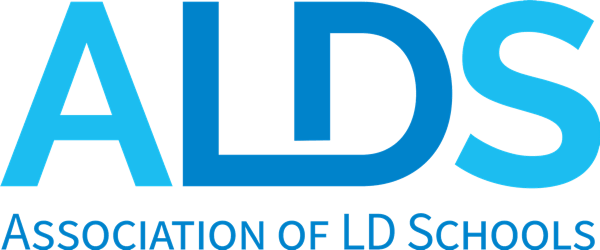“Speaking is natural, and reading is not. Reading is an acquired act, an invention of man…” (Shaywitz, 2003).
As most of you will attest, reading does not come naturally, easily, or incidentally for countless children. It is a tough hill to climb that takes patience, time, and tenacity. Through decades of research, we understand that dyslexia can vary widely in students from a phonological deficit, orthographic deficit, a naming-speed deficit, or a combination of one or more of these challenges. Additionally, adding on processing speed, working memory, rapid automatic naming, and visual-verbal paired-associate learning challenges, the complexity increases exponentially and the need to use a proven, evidence-based approach is more critical than ever before.
The extraordinary level of expertise among our faculty in the Orton Gillingham program has benefited countless students over four decades. Known as the “Gold Standard” in literacy instruction for language-based learning differences, in particular dyslexia, this signature program at The Craig School is multi-sensory, language-based, sequential, cumulative, and flexible. It is not a scripted program, rather it is diagnostic and prescriptive in nature allowing our teachers the ability to customize and individualize each student’s Orton Gillingham program. Orton-Gillingham is not whole-word reading. Whole-word, a typical literacy practice found in many schools, in its simplest form is the act of teaching students to read by sight, memorization, and context. Unfortunately, these instructional practices remain in schools around the country, even though the science of reading clearly refutes their efficacy. What is clear is that structured literacy, of which Orton Gillingham is a prime example, is paramount for students with dyslexia.
Orton-Gillingham instruction directly takes on core weaknesses in phonological skills, decoding, and spelling, through explicit, systematic, and sequential instruction on phonemes, letter-sound relationships, syllable patterns, morphemes, vocabulary, sentence structure, paragraph structure, and text structure. Additionally, this approach has been described as direct instruction with a high level of student-teacher interaction, carefully selected, decodable words and nonsense words, text at the instructional level, rather than the frustrational level, and prompt, corrective feedback. In a typical school literacy program, many teachers will not have the background knowledge nor training, let alone the time, they need to implement with fidelity a research-based, valid, and reliable reading program. The teachers at The Craig School do not fall into that category. Rather, they are highly skilled and trained in the science of reading and understand a vast array of instructional strategies, approaches, and practices that align to the best of available research on teaching students with dyslexia how to read, write, and spell.
For more information on ways of giving or to make a donation online you can clicking here.
